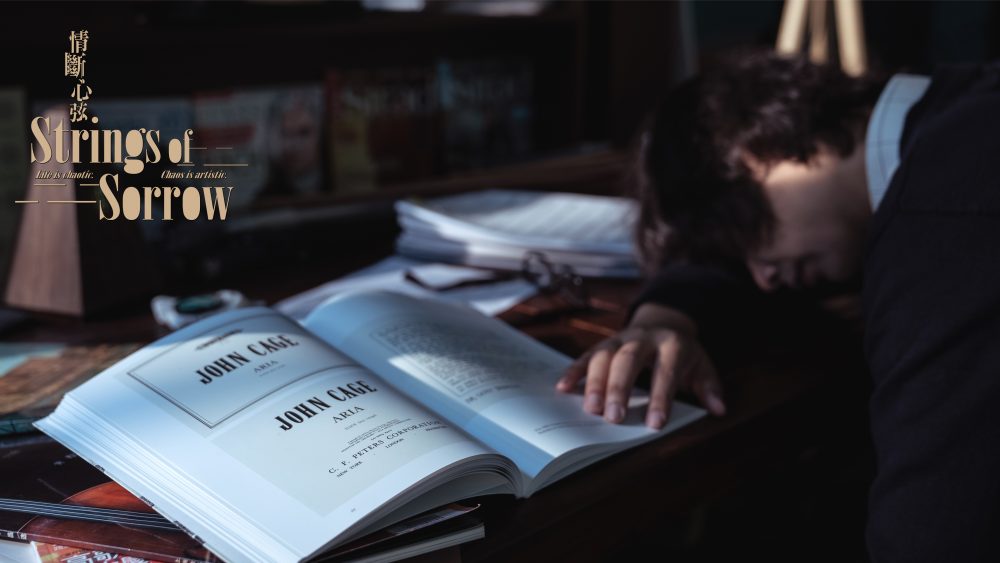
Strings of Sorrow and John Cage
The word “experimental” can be related to new and contemporary, avant-garde and the term “experimental music” was first defined and used by John Cage in one of his essay noted that “experimental music is no longer concerned with tonality or atonality, Schoenberg or Stravinsky, nor consonance and dissonance”. Instead, experimentalism approached music from the perspective that sound is more important than what the composer wanted to do with the sound.
The indeterminacy in John Cage’s 4’33’’ change the experience of listening music. Unintentional sounds are heard in this music and Cage has not determined what actual sounds will occur. The outcome of which is unknown is having risk, openness and uncertainty as the outcome can be performer, composer and audience. In this piece, he generates that something experimental will produce unique, let say unrepeatable. Having a score for that piece aiming to limit the outputs, like the time of the piece, and how long will the movements last. We won’t have a particular goal but having is that indeterminacy.
It is no doubt that experimental music was more easily born from America simply because it is physically farther away from the center of traditional classical music. The composers won’t have a desire to link to the conventions that are associated with European music but they are willing to find their personal voice. Thus, in the spirit of investigating new sound, new timbres and colors were discovered through unconventional playing techniques in different instrumentals out of a conventional European music background, at the same time become a influential voice in American music.
Written by Monic Chen, the music director of “Strings of Sorrow”


